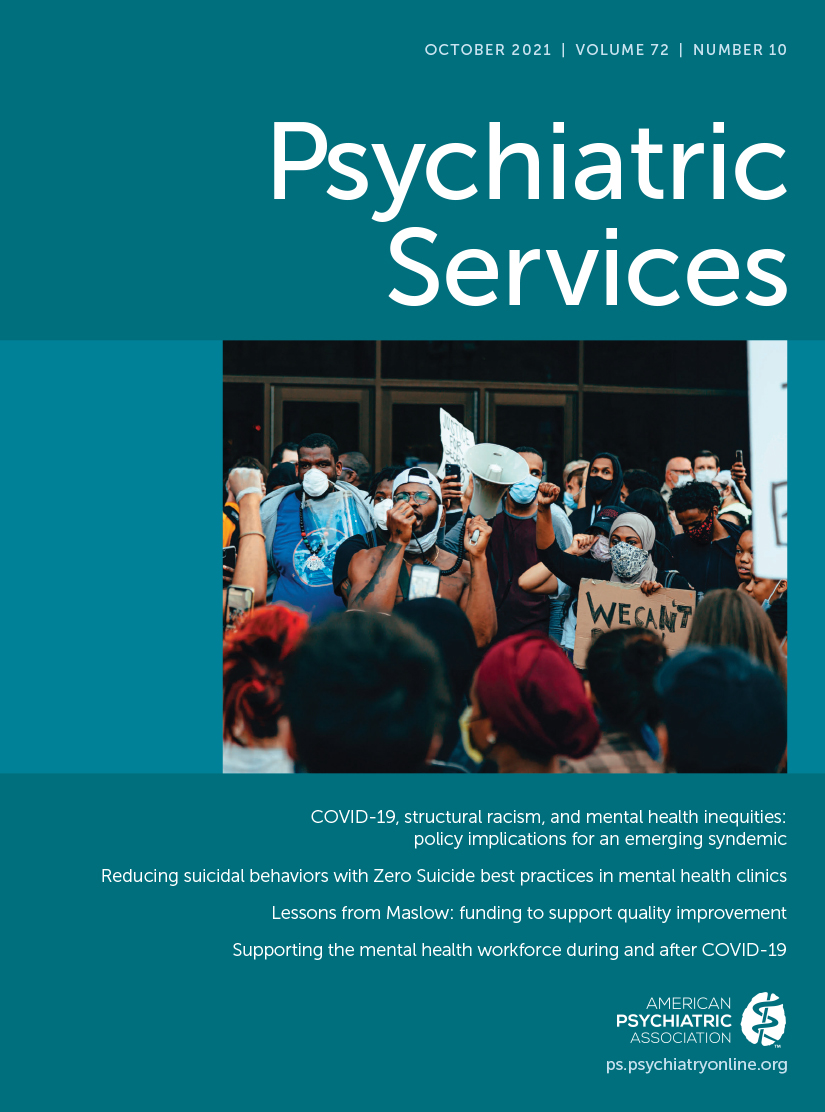Curating the Digital Mental Health Landscape With a Guide to Behavioral Health Apps: A County-Driven Resource
Abstract
With more than 10,000 mental health apps available, consumers and clinicians who want to adopt such tools can be overwhelmed by the multitude of options and lack of clear evaluative standards. Despite the increasing prevalence of curated lists, or app guides, challenges remain. Organizations providing mental health services to consumers have an opportunity to address these challenges by producing guides that meet relevant standards of quality and are tailored to local needs. This column summarizes an example of the collaborative process of app guide development in a publicly funded mental health service context and highlights opportunities and barriers identified through the process.



